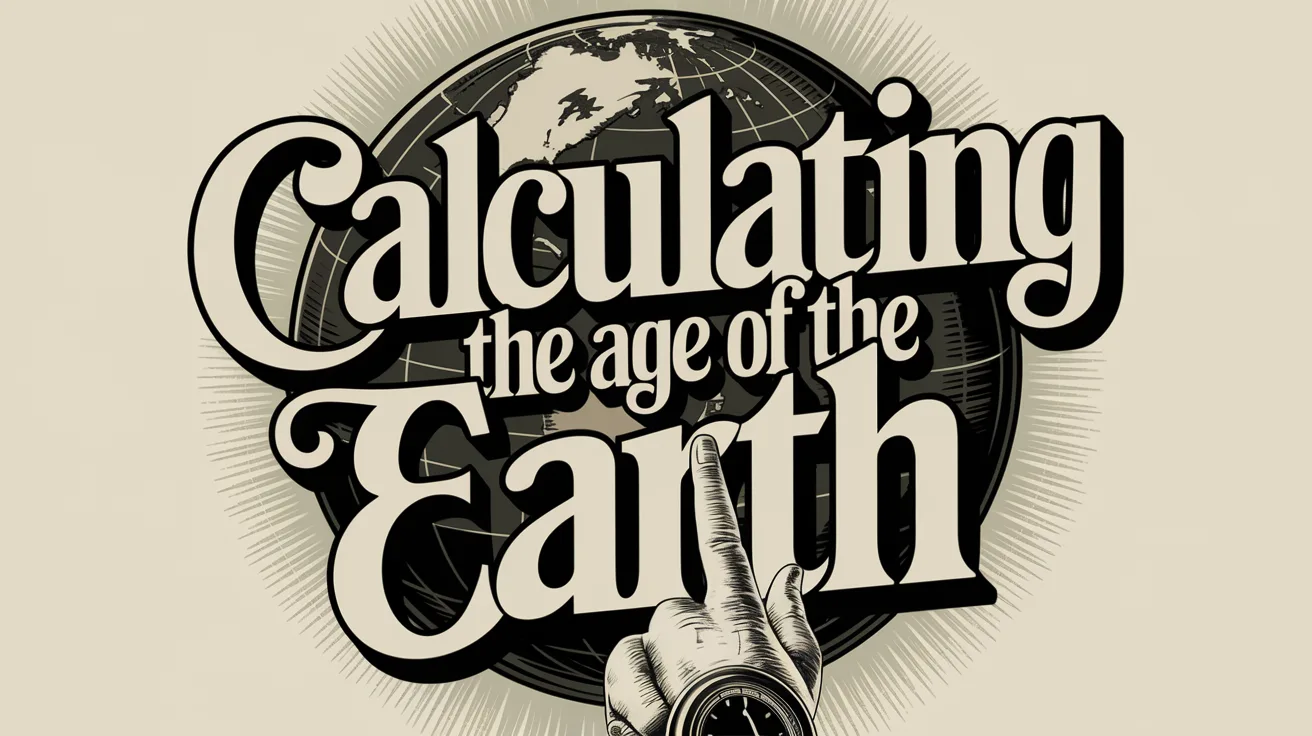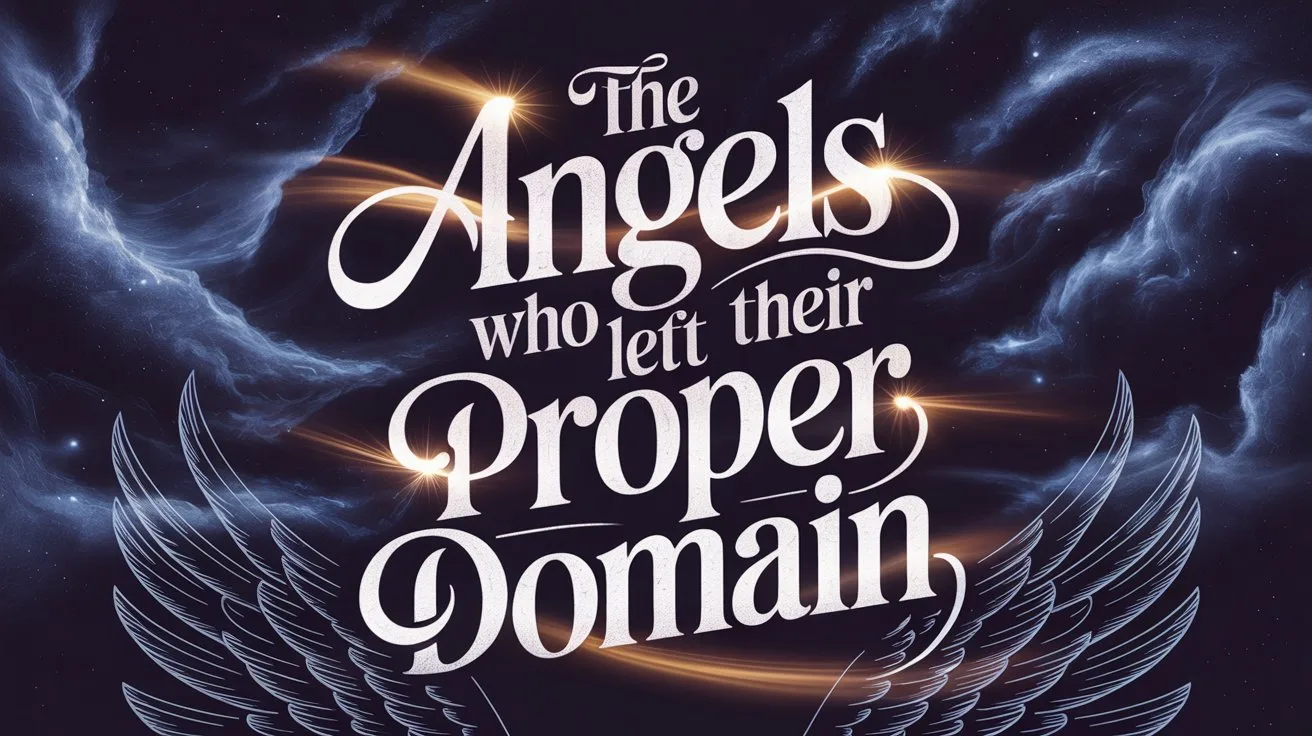Serpents in the Bible symbolize both danger and deception, and they are closely associated with Satan and the fall of man. The first mention of the serpent is in Genesis 3:1:
“Now the serpent was more cunning than any beast of the field which the Lord God had made.”
Through the serpent, Satan tempted Eve to disobey God, introducing sin into the world. As a result, God cursed the serpent and revealed the first prophecy of redemption. Genesis 3:15 says:
“And I will put enmity between you and the woman, and between your seed and her Seed; He shall bruise your head, and you shall bruise His heel.”
This verse foreshadows Christ’s ultimate victory over Satan.
In Numbers 21, God used a bronze serpent raised on a pole to heal Israelites bitten by fiery serpents, a judgment for their rebellion. Numbers 21:9 says:
“So Moses made a bronze serpent, and put it on a pole; and so it was, if a serpent had bitten anyone, when he looked at the bronze serpent, he lived.”
Jesus referenced this event in John 3:14–15, applying it to Himself:
“And as Moses lifted up the serpent in the wilderness, even so must the Son of Man be lifted up.”
Though the serpent generally represents evil, this instance shows God’s power to redeem even a symbol of judgment and turn it into a picture of salvation.
Jesus also instructed His disciples to be wise like serpents yet innocent like doves. Matthew 10:16 says:
“Behold, I send you out as sheep in the midst of wolves. Therefore be wise as serpents and harmless as doves.”
In Revelation 12:9, the identity of the serpent is made unmistakably clear:
“So the great dragon was cast out, that serpent of old, called the Devil and Satan, who deceives the whole world.”
In Scripture, serpents signify Satan’s cunning, God’s judgment, and the contrast between worldly wisdom and spiritual purity. Believers are to be alert, discerning, and grounded in truth.







